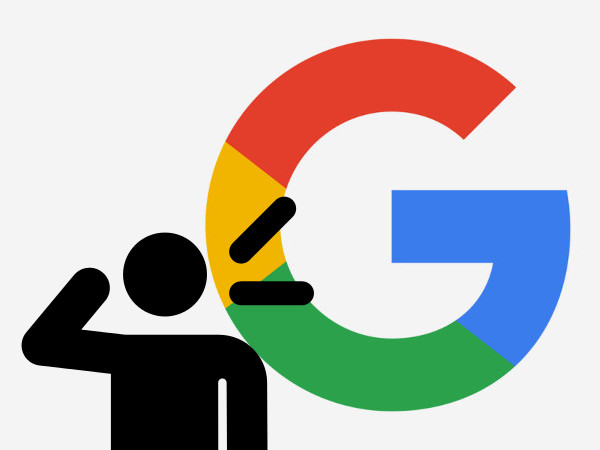How to Use Pop-ups without Risking Google Penalties
 Google hates pop-up ads. The search giant hates pop-ups so much, its ranking algorithm assesses a heavy penalty when its spiders find pops on mobile websites. For now, mobile sites are the only ones penalized for pop-ups, but with Google’s “mobile-first” initiative kicking in early next year, webmasters can count on getting their virtual knuckles rapped whether pop-ups appear on mobile or desktop properties.
Google hates pop-up ads. The search giant hates pop-ups so much, its ranking algorithm assesses a heavy penalty when its spiders find pops on mobile websites. For now, mobile sites are the only ones penalized for pop-ups, but with Google’s “mobile-first” initiative kicking in early next year, webmasters can count on getting their virtual knuckles rapped whether pop-ups appear on mobile or desktop properties.
Although Google’s “no pop-ups” mandate may seem capricious, the search giant performed a fair amount of research into internet users’ behavior before laying down the law. Although the Google gods admit pop-ups can be effective (one study indicated conversion rates of more than 9 percent), Google is far more interested in how the marketing maneuver affects user experience. By sifting through the enormous amount of data at their disposal, Google researchers discovered poorly executive pops — whether overlays, modals or interstitials — annoy users by interrupting what they visited a site to do. Anything that disrupts user experience is tantamount to mortal sin, in Google’s opinion.
Don’t despair just yet. There are ways to employ effective pops without annoying users or incurring Google’s wrath.
First, make sure your pop-up program isn’t too aggressive. Let visitors at least land on your page before shoving an ad in their faces. Give them a moment or two to judge your website’s value; to decide whether they’ve found what they sought. Forcing visitors to click an ad out of the way before they’ve even been introduced to your wares is no way to start a relationship.
Next, consider your website from a potential customer’s perspective. What kind of advertising is going to be the least intrusive, yet still produce the desired result? If you were a consumer of your product, what would send you running for the virtual exit as quickly as your mouse could get there? Maximize the former and minimize the latter.
Banner ads that slide onto the screen or pop up at the top or bottom work extremely well in some situations, as long as they don’t take up more than about 15 percent of the page’s real estate. Consider setting ads to appear after the user has been on the page for a given amount of time or after he’s visited a defined number of pages. In both those cases, he’s had an opportunity to sample you wares and obviously found something appealing about them. That’s the time to hit him with a sales message.
Another good time to deploy a pop is when the user performs an action indicating he’s about to leave — he clicks a link or hits the browser’s back button, for example. In that case, pop up an ad offering an alternative he might find more appealing.
However you deploy pop-ups, subtlety counts. Movement attracts the eye, so sound is unnecessary. In fact, sound actually may be counterproductive, as people who are surfing in public places or at work don’t appreciate noisy surprises. They’ll drop the site like a hot rock and never return. If those surfers arrived via a Google link, Google will know they beat a hasty retreat because Google tracks every move a Google user makes. Hasty abandonment has a negative impact on search ranking.
If all else fails and you simply must employ pop-ups Google may not like, do so in ways Google can’t “see.” Target surfers who arrive from other sources, like partner sites and social media.
As with anything else marketing-related, testing counts. Your traffic is different from anyone else’s, so find the pop-up sweet spot for your unique audience and go for it.
One Comment
Leave a Reply
You must be logged in to post a comment.










Pingback: How to Use Pop-ups without Risking Google Penalties – TripleXers Blog